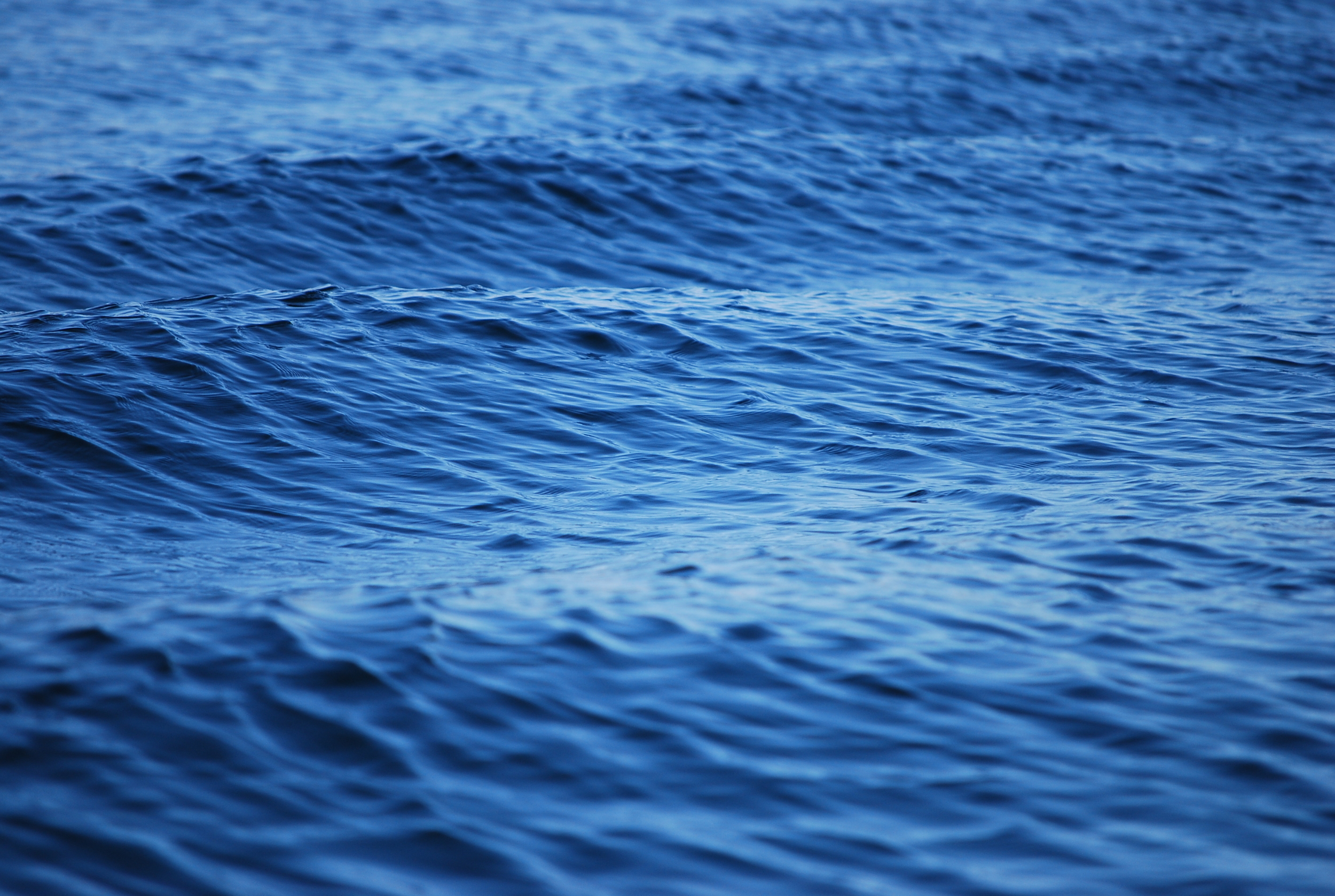Population changes
Pacific herring occur throughout the North Pacific Ocean and are vitally important in both pelagic and coastal food webs. Herring are important prey for larger fish, seabirds, and marine mammals. They lay their eggs on coastal seagrasses and algae, and those eggs feed predator species that forage along the shore (e.g., invertebrates, birds, and mammals such as raccoons and black bears). Herring were integral to ancient human cultures, and are still important to native and other modern fisheries. With cooperation from California Audubon scientists, we study trends and variability in herring populations along the west coast of the U.S. and Canada. We are finding that herring abundance in these areas has been declining for the past few decades, which may negatively impact numerous other species, as well as fisheries yield. Results are described in Thompson et al. 2017.
Herring—environmental links
Additionally, we develop indicators of herring as part of the process of implementing ecosystem-based fisheries management. We employ models to describe how annual spawning stock biomass of herring in San Francisco Bay relates to young-of-the-year abundance and environmental conditions in years prior. Understanding population trends and forecasting abundance is important to fisheries managers. See Sydeman et al. 2018 for more information. [Updated data and Table 4 for Sydeman et al. 2018.]
Management
We have developed indicators of herring predator health as well as other forage species, and coupled these with our San Francisco Bay herring abundance forecasting tool. The result is a framework of ecosystem considerations for adjusting herring quotas based on the state of the regional ecosystem. See more information on this subject here.

